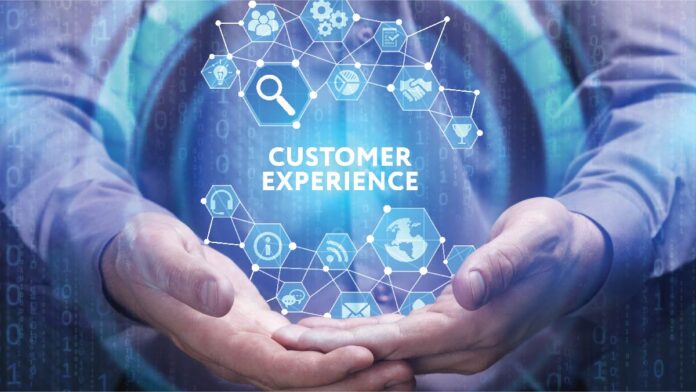If there was any uncertainty that consumer behavior can shift quickly, 2020 has put that skepticism to rest for the time being. Last year’s events also proved that customers will not put up with bad service during times of major upheaval. Consumers, now more than ever, are dictating how, where, and when they engage with brands, and the experiences they have will influence whether or not they return.
Brands with end-to-end CX plans are capable of meeting new expectations of customers, even when conditions change. But, brands with fragmented customer experiences struggle to keep up with minimal change happening around. A competitive differentiator that generates and retains consumer trust is the capacity to meet customer expectations under any circumstances. According to Forrester’s US 2020 Customer Experience Index (CX Index™) rankings, twice as many brands (27%) improved their customer experience in 2020 as they did in 2019, and another 25% are expected to do so in 2021.
It’s time to start developing an end-to-end Customer experience strategy if a company doesn’t already have one. A comprehensive CX can help organizations handle disruptions, cope with big changes by raising transaction rates, customer and employee loyalty and satisfaction, and other vital KPIs. Here are four steps to get started on an end-to-end CX program.
Also Read: Utilizing First-Party Data in a Privacy-Conscious World
Create a customer-centric culture
Marketers should map (or remap) their customer journey to better understand how their customers are making decisions right now. Then, using data from their customer experience touch points and feedback, link the key performance indicators to their customer experience. To optimize CX, a customer-first culture necessitates improved communication between the CMO, CEO, and CTO. Their performance can be measured using the same metrics as they collaborate more closely on service quality, customer loyalty, and value to customers.
Integrate business divisions with customer data for the excellent CX
Is there a consistent experience for customers when they deal with different departments inside the company? By giving everyone access to a single customer profile, marketing, services, commerce, support, and IT can make customer hand-offs seamless. This gives everyone in the organization, regardless of role, the knowledge they need to create or enable a consistent customer experience.
Getting customer data out of silos and into a unified profile helps with customer Experience strategy and analysis across all touch points. When all customer interaction data is in one place, the brand can better understand the intent, profile, and history of its customers, allowing marketers to map out and design the journeys they desire. Also, they should ensure the consumer data platform isn’t just unified, but also adaptive.
For CX, embrace AI, machine learning, and third-party intelligence
Artificial Intelligence (AI) and Machine Learning (ML) can be used to automate the monitoring and analysis of a brand’s customer experience performance. These tools provide employees with valuable insights into how to provide a better customer experience, see what works and what doesn’t in near real-time, and make rapid, evidence-based adjustments to optimize the customer journey, as well as identify high-value customers whose potential customer lifetime value warrants more CX or employee resources.
In order to support their CX program, marketers should also bring in data from other sources. Customers and their behavior can be better understood if brands subscribe to cloud-based business intelligence services. They can develop attractive offers and discounts at the moment using this information and their in-house data, ensuring they do not miss upselling and cross-selling opportunities.
Also Read: Digital Advertising in 2021 – The Demands Are Blowing Up
Adopt a forward-thinking attitude
Brands that define a vision for at least two to three years out will be in the best position to succeed and pivot as needed when the next upheaval occurs. That’s because, if the pace of transformation accelerates, as it did in 2020 with consumer behavior and digital commerce, they’ll already have a plan in place that they can adjust to stay up.
For more such updates follow us on Google News TalkCMO News.







